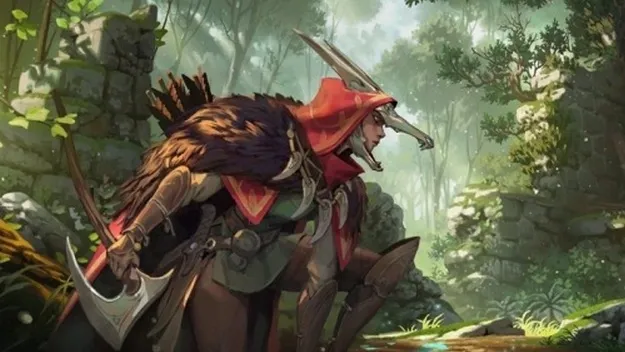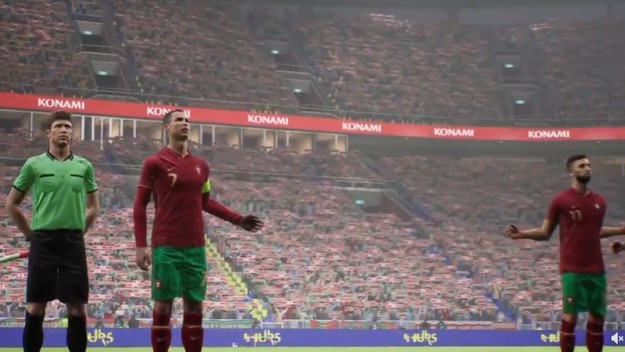Splinter Cell: Chaos Theory - On This Day
In the middle of the last decade, the Splinter Cell game series was at its peak. The third part, which was released on the European market today 17 years ago, is often considered the best achievement in the series, a game that was completely focused on the essence of Splinter Cell - stealth or squatting in the dark.
Splinter Cell: Chaos Theory was a much darker game than its predecessors. It gave players the option to kill opponents after interrogation, which is why the age limit for playing jumped to "18". The sneaking segment was deepened by the addition of sound, so the players had to be careful not to make too much noise so that the enemies would not hear them.
The main novelty was a knife that had several uses - in addition to threatening enemies with it, Sam could cut some materials (such as a tent) to make a passage. Some new gadgets were on offer, and multiple secret cameras could be used at the same time. Chaos Theory was also the first game in the series to feature ragdoll physics.
A significant jump was also noted in the game’s presentation at least if
you’ve played Xbox and PC versions. At the sunset of the SC generation: Chaos
Theory was one of the most attractive games of the time, although most
of the time, everything was so dark that you couldn’t see much of it.
Even
though the game achieved good sales, it turned out later that it was the last
Splinter Cell of that caliber. Sequels like Double Agent and Conviction set
the action in far brighter environments, and it was only Blacklist that
partially returned to the darkness we saw in Chaos Theory. Still, there is
hope that Sam Fisher will return to his roots as Ubisoft has announced that it
is preparing a remake of the first game from the Splinter Cell series.












